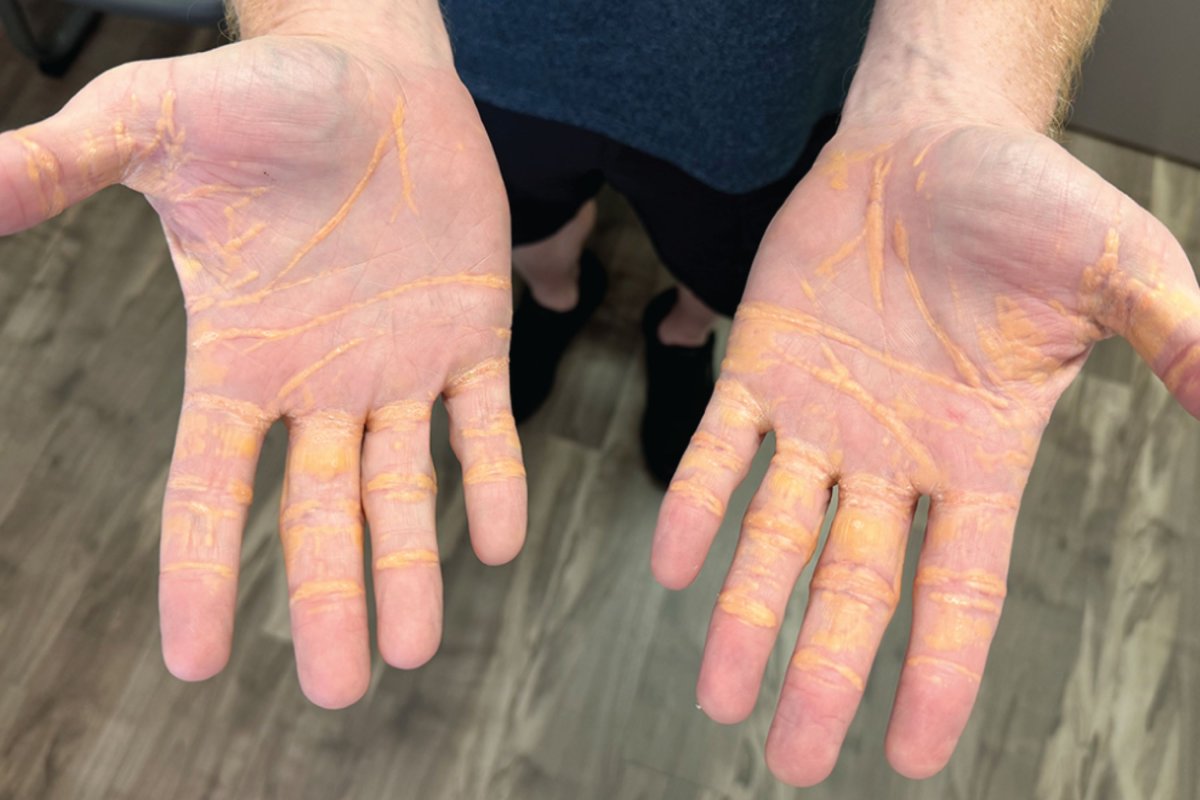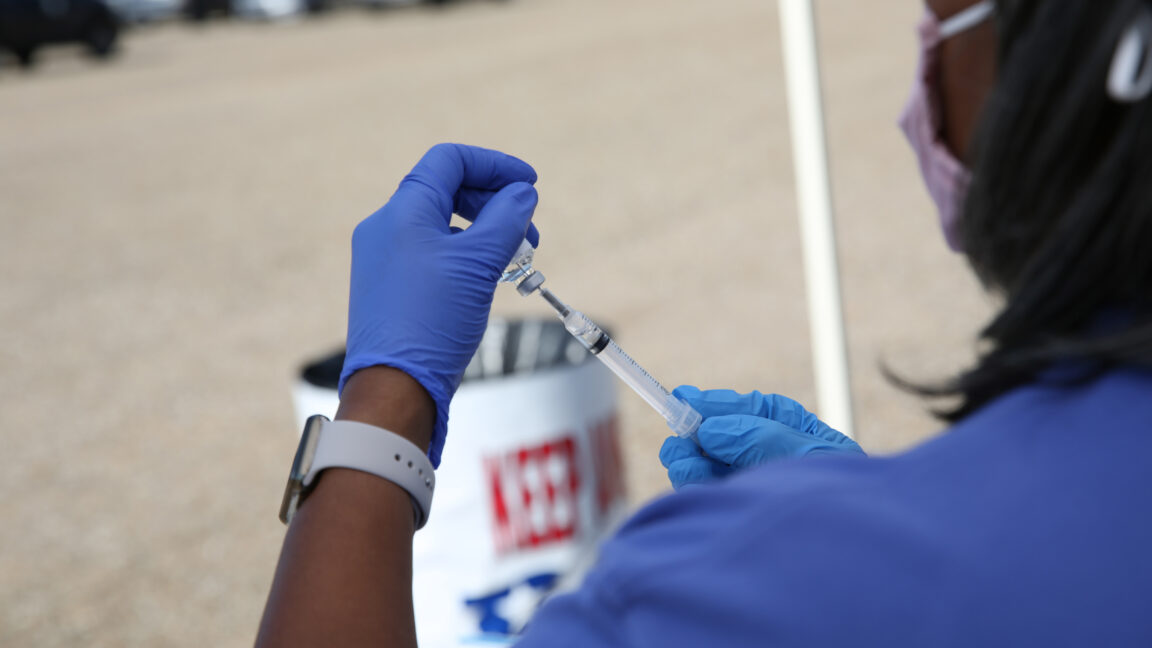Doctor Finds Florida Man Has Cholesterol Oozing From His Body

A man from Tampa, Florida started leaking chunks of cholesterol from his skin after spending years gorging himself on fatty foods as part of a "carnivore diet."
The man, who is in his forties, went to Tampa General Hospital three weeks after he began seeing strange pale "yellowish nodules" emerging from his palms, soles, and elbows, according to a new case report published in the journal JAMA Cardiology.
It turns out that he was eating so much fatty food that it had started to seep out of his skin.










